Taking care of fruit trees is kind of like taking care of your hair. You need to give them a good trim once in a while so they can grow stronger and healthier. Today, let’s learn about pruning – it’s when you cut off certain parts of a tree to help it grow better. Don’t worry, the trees don’t mind!
Understanding the Basics of Pruning
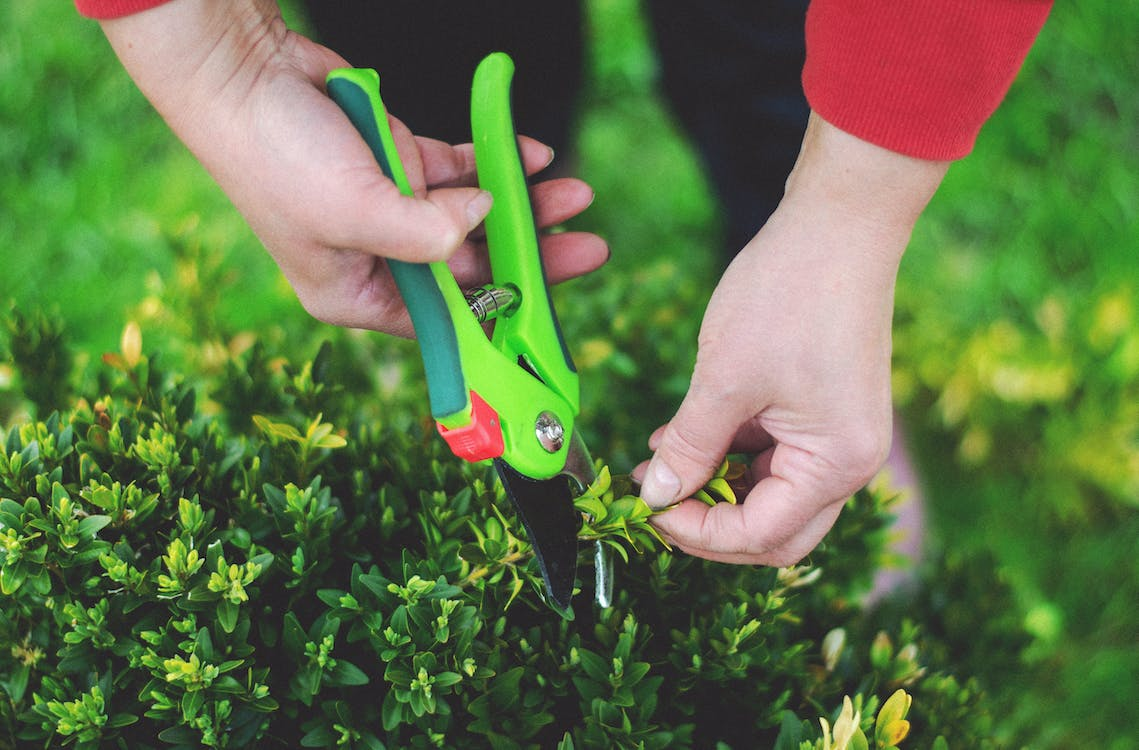
Before we dive into the “how-to”, let’s learn the basics of pruning. Just like we wear different clothes for different seasons, trees need different care during different times of the year.
Timing and Tools for Pruning
Pruning at the right time is super important. For most fruit trees, the best time to prune is during winter when the tree is resting. But, there are some fruit trees that grow faster than others, so they might need a haircut during other seasons too!
To get started, you’ll need some tools. Grab a pair of sharp pruning shears for small branches and a saw for the bigger ones. A ladder might be helpful to reach high places. Always remember to be safe! Wear gloves and goggles to protect your hands and eyes.
Assessing the Health of Fruit Trees
Before you start pruning, you need to play detective and figure out if your tree is happy and healthy.
Signs of Disease, Damage, or Pest Infestation
Your tree might be having a tough time if you see holes in the leaves, weird bumps on the branches, or if the leaves are turning yellow. These signs could mean that bugs are bothering your tree, or it has some kind of sickness.
Before you prune, you should try to make your tree feel better. Ask a grown-up for help. They might use special sprays to get rid of bugs or trim off the sick parts of the tree.
Pruning Techniques for Different Fruit Trees

Just like people have different hair types, different trees need different kinds of care. Let’s talk about three types of fruit trees.
Deciduous Fruit Trees
Deciduous trees are the ones that drop their leaves in the fall. These trees like to have space in between their branches. It helps them breathe and catch some sun.
When you prune, cut off branches that are crossing over each other. Also, if you see any branches that look sick or broken, they need to go.
Citrus Fruit Trees
Citrus trees love the sun and need to be kept tidy. When pruning, shape the tree by trimming it evenly. Also, keep an eye out for branches that are not looking too good and cut them off. This will help the tree make bigger and juicier fruits.
Stone Fruit Trees
Stone fruit trees have fruits with a big seed inside, like a peach. These trees don’t like to be too tall, so you might have to cut off some of the top parts. Also, make sure the middle of the tree isn’t too crowded.
Step-by-Step Pruning Process
Alright, now let’s get into the actual steps of pruning!
Step 1: Preparing for Pruning
Make sure you have all your tools ready. Put on your safety gear. And don’t forget to clean your tools so you don’t accidentally make your tree sick with dirty tools.
Step 2: Assessing the Tree’s Structure and Health
Look at your tree from a distance. Does it have a nice shape? Are there any branches that are too close to each other? Make a plan in your head of what branches you will cut.
Step 3: Making Proper Pruning Cuts
When you cut, make sure you don’t leave a big stub or cut too close to the trunk. Cut at an angle so water won’t sit on the branch and make it rot.
Aftercare and Maintenance
Great job! Now let’s talk about cleaning up and helping your tree heal.
- Removing Branches and Debris: Gather all the branches and leaves you cut off and put them in a pile. Make sure to clean up so bugs don’t come and bother your tree.
- Applying Treatments and Protective Measures: Ask a grown-up to help you with this part. Sometimes you need to put special stuff on the cuts to keep the tree healthy.
- Regular Monitoring and Maintenance: Keep an eye on your tree to make sure it’s doing okay. If you see anything weird, it might need some extra care.
Key Takeaways
And that’s it, folks! You’re now a tree-pruning expert. Just remember to keep your tree happy by giving it a trim when it needs it, keeping it healthy, and cleaning up after.
Pay close attention to the health of your tree. If you see signs that it’s not feeling well, it’s important to take care of those issues before pruning. If you take good care of it, it will grow strong and healthy, and give you yummy fruits for years to come. Pruning is more than just cutting branches, it’s like giving your tree a spa day; it’s all about keeping it happy and healthy!
Your tree will thank you with delicious fruits! Happy pruning!

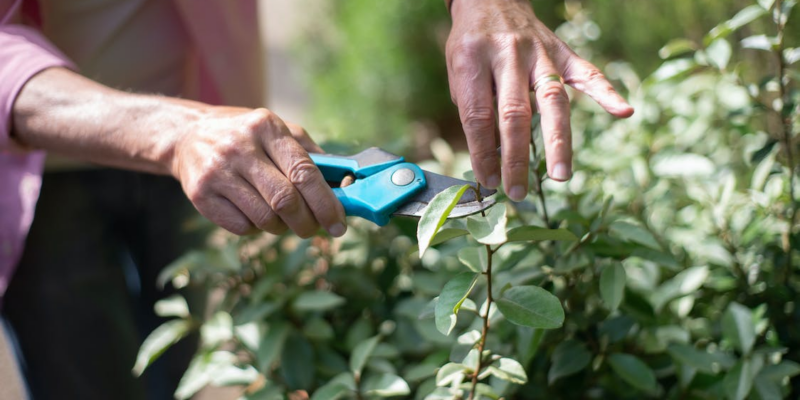

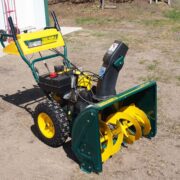

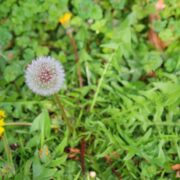
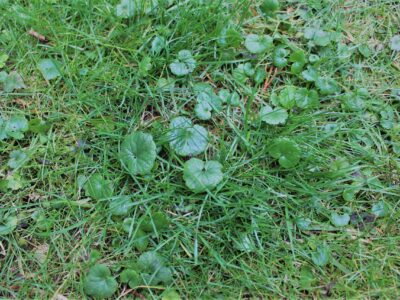




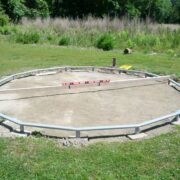


Comments